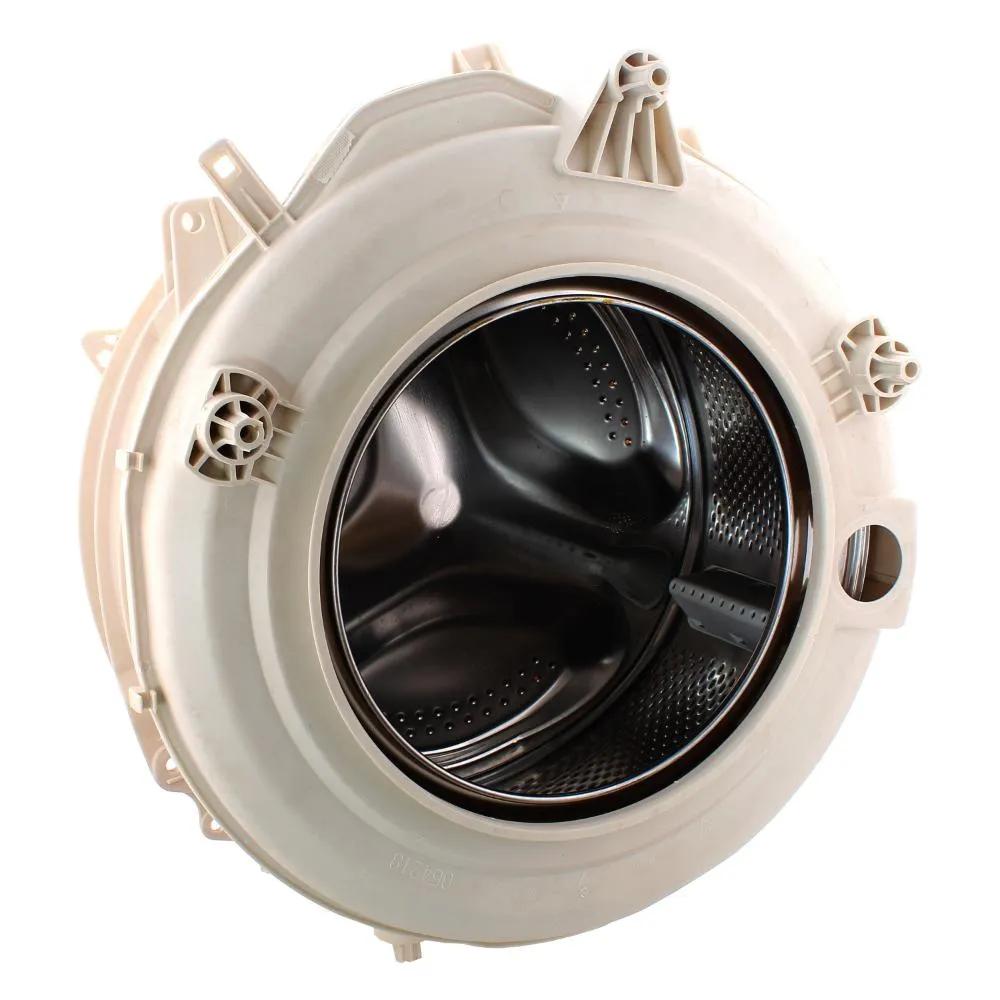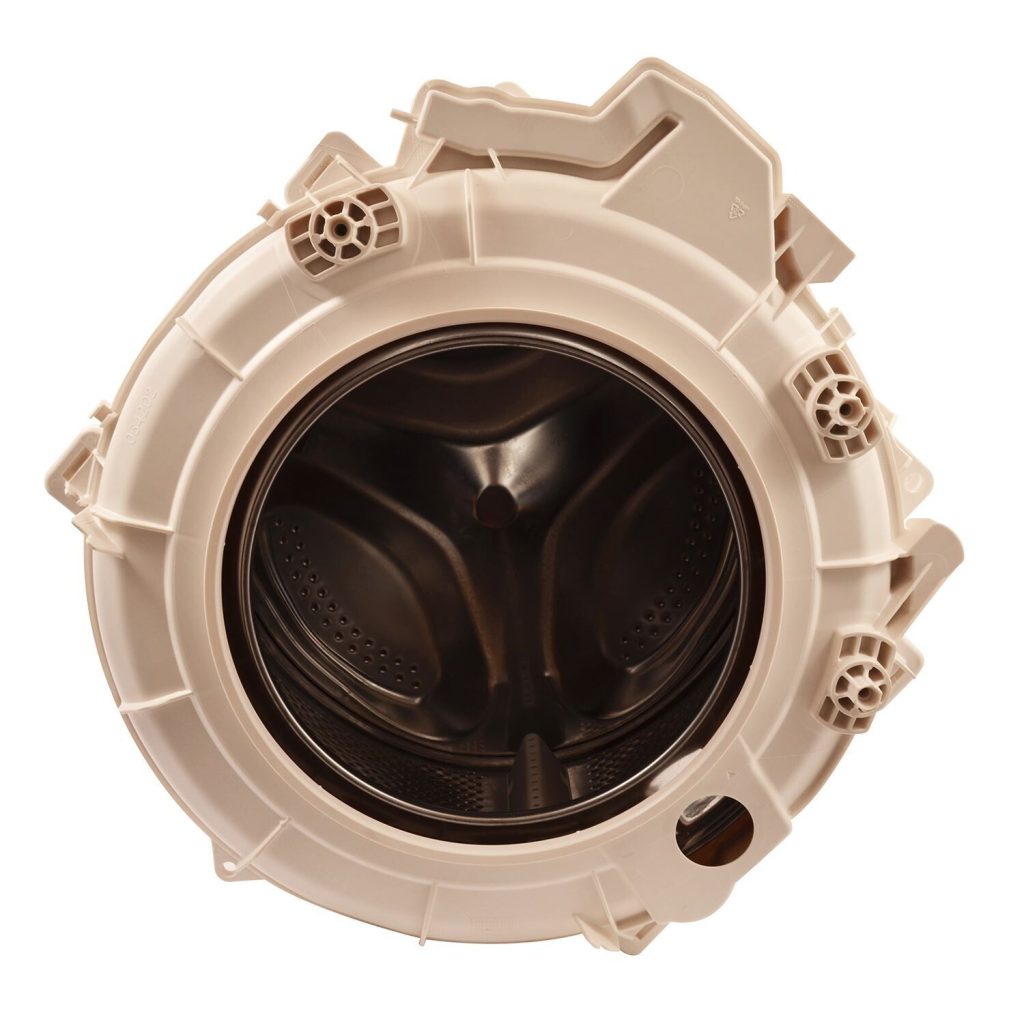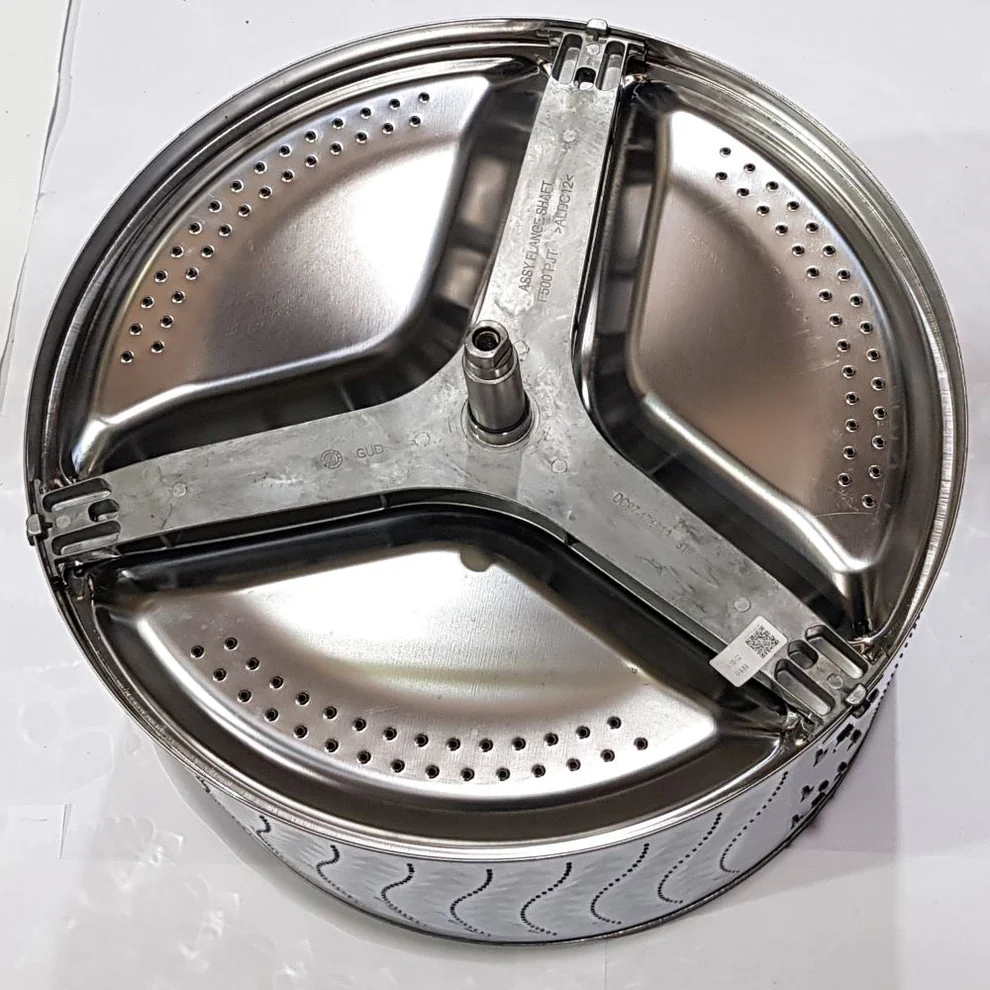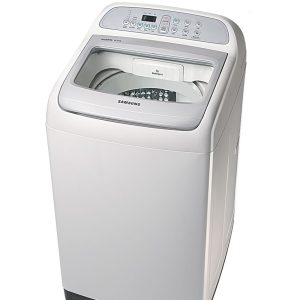How to Balance a Washing Machine Drum?
Balancing a washing machine drum is essential for maintaining its efficiency and extending its lifespan. An unbalanced drum can lead to excessive vibrations, noise, and even damage to the machine itself. In this article, we will delve deep into the reasons behind imbalanced washing machines, methods for balancing the drum, troubleshooting tips, and preventative measures to keep your appliance in excellent condition.
Understanding the Importance of a Balanced Washing Machine Drum
A balanced washing machine drum ensures that clothes are cleaned evenly and effectively. When the drum is out of balance, it can cause several issues:
Excessive Vibration
One of the most noticeable symptoms of an unbalanced drum is excessive vibration. This can lead to louder-than-normal operating sounds and can also cause the machine to walk or move around during operation.
Inefficient Cleaning
When the drum is not balanced, it may not agitate or spin clothes correctly, potentially leading to poorly cleaned laundry. It can also lead to uneven wear on fabrics, resulting in damaged garments over time.
Potential Damage to the Appliance
Continuously operating an unbalanced washing machine can cause wear and tear on the internal components. Over time, this can lead to costly repairs or even a complete breakdown of the machine.
Safety Hazards
In extreme cases, an unbalanced washing machine can pose safety hazards, including allowing the machine to tip over. Some models can even become dislodged entirely from their installed position.
Common Causes of an Unbalanced Washing Machine Drum
Understanding the root causes of an unbalanced drum can help you address the issue more effectively. Here are some common contributors:
Overloading the Machine
One of the most frequent causes of imbalances is overloading. When you wash too many clothes at once, it can throw the drum off-center. Large or heavy items, such as blankets or towels, can exacerbate this issue.
Underloading the Machine
Surprisingly, underloading can also lead to imbalance. A few items might not provide enough weight for the machine to counteract the motion of the spinning drum.
Uneven Distribution of Clothes
If the load consists of large and small items mixed together, this can cause the machine to become imbalanced. For example, if you wash a few small items with heavy towels, the lighter pieces may get tossed around, causing vibration.
Uneven Surface
The surface where the washing machine is placed can greatly affect its stability. If the machine is on an uneven floor, it can easily become wobbly during operation.
Worn Spindle or Drum Bearings
Wear and tear on the internal parts of the washing machine can lead to imbalances. If the spindle or bearings are damaged, they may not support the drum’s weight correctly.
Faulty Suspension System
Most washing machines rely on a suspension system of springs and dampers. If any part of this system fails, the drum may not be adequately supported, leading to imbalance.
How to Balance a Washing Machine Drum
Balancing the washing machine drum involves not only adjusting the load inside but also troubleshooting the machine itself. Here’s a step-by-step guide to help you achieve a balanced drum.
Step 1: Check the Load
Evaluate the Load Size
Before starting to make adjustments, check how full the drum is. If it is overloaded, remove some items. Conversely, if it is underloaded, you may want to add some extra pieces.
Distribute Clothes Evenly
If you have a mixed load, try to distribute the clothes evenly around the drum. Avoid placing heavy items on one side while lighter items sit on the other.
Step 2: Adjust the Feet of the Washer
Check for Level
Use a carpenter’s level to check if your washing machine is sitting evenly on the floor. Adjust the feet accordingly. Most washing machines have adjustable legs that can raise or lower their position to achieve balance.
Ensure Stability
Once you’ve adjusted the feet, give the machine a gentle shake. It should feel stable and secure. If it wobbles, continue to adjust until it’s firmly in place.
Step 3: Load the Washer Correctly
Follow Manufacturer’s Guidelines
Refer to the user manual for your washing machine for specific recommendations on load size and weight limits. Different machines have varying capacities.
Sort by fabric types
Sorting clothes by fabric types can help maintain balance. For example, wash heavier towels separately from lighter items like t-shirts.
Step 4: Conduct a Spin Cycle Test
Run a Short Cycle
After making adjustments to the load, run a short spin cycle. Pay attention to any vibrations or noises during this process. If the drum still appears to be out of balance, stop the machine immediately.
Check for Clumps of Fabric
If you notice an imbalance during the spin cycle, stop the machine and check for clumped fabric. Redistribute any items that have settled to one side.
Step 5: Inspect Internal Components
If you’ve followed all the above steps but still experience issues, it may be time to inspect the internal components.
Check Suspension Springs
Examine suspension springs for signs of wear or breakage. If you notice any issues, consider replacing them.
Inspect Drum Bearings
The drum bearings should allow the drum to rotate smoothly. Spin the drum by hand when the machine is off. If it feels rough or makes grinding noises, it may be time for an inspection or replacement.
Regular Maintenance to Prevent Imbalance Issues
To reduce the likelihood of encountering imbalance issues in the future, consider implementing regular maintenance.
Regularly Clean the Drum
Make it a habit to clean the washing machine drum regularly, including running a cleaning cycle monthly. This can help remove any buildup that might interfere with performance.
Check and Maintain Feet Stability
Periodically check the feet of the washing machine to ensure they remain leveled and stable.
Educate Family Members
If several people in your household use the washing machine, educate them about proper loading techniques to encourage balanced washing habits.
Stay Within Manufacturer Guidelines
Always follow the manufacturer’s recommendations regarding load sizes and types.
Troubleshooting Common Imbalance Issues
Sometimes, you may encounter unique situations that require immediate attention. Here are some common problems and solutions.
Overloading the Machine
If you find that you’re often overloading the machine, set a reminder to check your load size before washing.
Drum Not Spinning Properly
If the drum is spinning improperly even after adjustments, inspect the belt and motor for any faults. This might require professional assistance.
 Dealing with Persistent Imbalance Issues
Dealing with Persistent Imbalance Issues
If you’ve followed all the necessary steps to balance your washing machine drum but find that issues persist, it may be time to bring in a professional.
Consult a Technician
Consulting a certified technician can give you insights into potential mechanical issues that aren’t visible to the average user. They can conduct detailed inspections and recommend repairs based on their expertise.
Consider Machine Replacement
If your washing machine is older and frequently out of balance, it may be more cost-effective to buy a new model. Modern washing machines are designed with advanced technology to prevent imbalance issues and enhance performance.
Conclusion: Ensuring a Smooth and Balanced Operation
Knowing how to balance a washing machine drum is essential for efficient operation and longevity. By understanding the causes of imbalance, following the steps for correct loading and maintenance, and keeping an eye on the appliance’s internal components, you can significantly improve the performance of your washing machine. A well-balanced drum allows for better cleaning results, minimizes wear and tear, and enhances the overall lifecycle of your appliance. Regular checks and attention to detail will help you maintain this balance, ensuring your laundry day runs smoothly without unnecessary interruptions.



